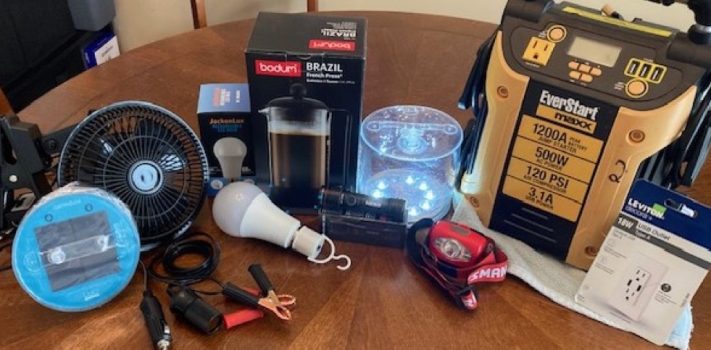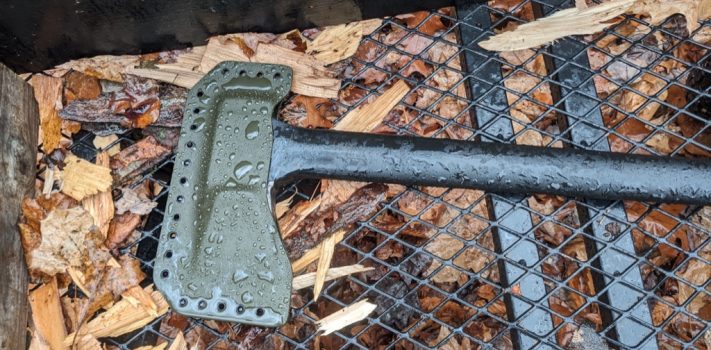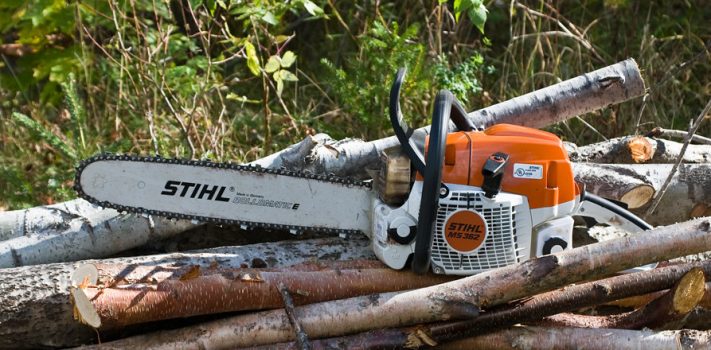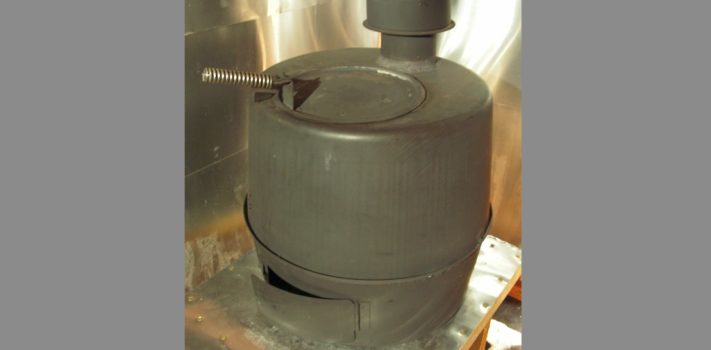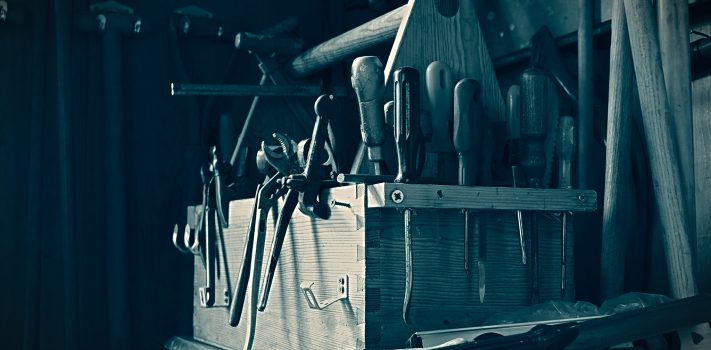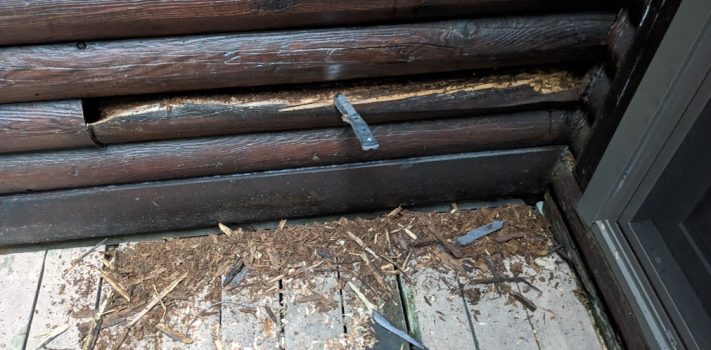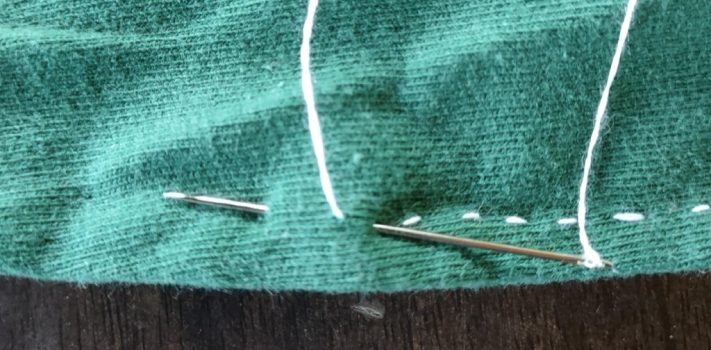Lessons From Hurricane Helene – Part 3, by A.F.
(Continued from Part 2.) Other than cutting the fallen trees off of our state road to gain access to the greater community, the only additional sawing we did was to clear the brush from our access to the larger hen house. Seeing that a massive white oak was bearing down on the fair-sized pine resting on the chicken run, I used two adjacent stacks of 12-inch block tied together with lumber and ratchet straps to pick up the load until I could remove the tree. I want to give a huge shoutout and thanks to Thomas Christianson for his …

